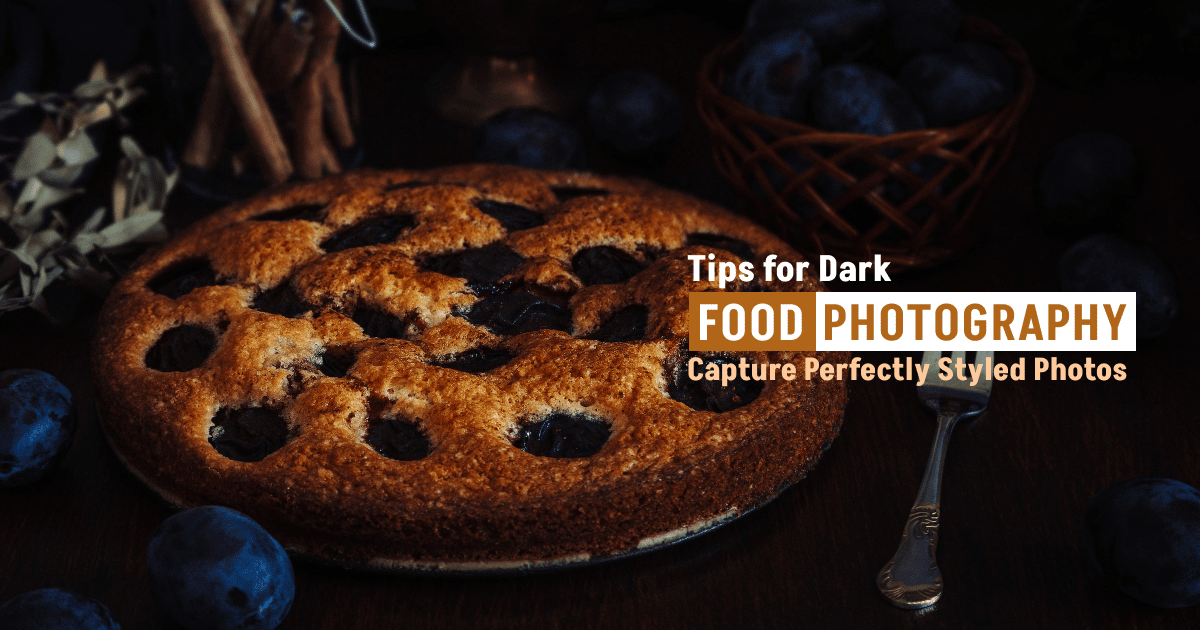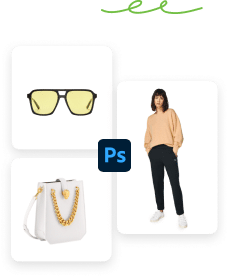Over the last few years, dark food photography has become one of the most popular food photography genres because of its inviting and delicious look. You are probably searching for some tips to make creative dark food photography. You are at the right place, then.
This article will give you vast information on dark food photography, including creative tips and techniques. The major topics you will cover by reading this content are—
- What is Dark Food Photography, Exactly?
- How do You Get Started in Dark Food Photography?
- 10 Pro Tips For Stunning Dark Food Photography
So, without further talking, let’s get started.
What you’ll learn in this article
What is Dark Food Photography, Exactly?
Dark food photography is a genre of food photography in which the photographers take dark and moody photos of food. Dark food photos are deep in shadow, with much of the detail unseen, and they usually rely on dark colors and tones. In this photography, photographers typically use strong contrast between light and dark.
Remember, dark photography doesn’t necessarily mean you have to shoot in dim or low light. Though dark implies the opposite of light, photographers still require light in this genre. It’s basically how you should control the light to make the mood.
How do You Get Started in Dark Food Photography?
Dark food photography looks different from other photography genres, and that’s why many photographers, especially beginners, can’t find how they will get started in this mystifying photography. But no worry! Here you will get tips on how to do dark food photography as a beginner.
DSLR Camera
Your camera plays a vital role in exposing your dark food photos. When you control the aperture, shutter speed, and ISO, you can make different exposures to get more dark and moody.
For this purpose, a DSLR camera is best for taking engaging dark shots of your food. Because it helps photographers utilize manual modes to control the exposure and sharpness of their images. You can interchangeably control the ISO, shutter speed, and aperture.
Best Lens
The second thing you should consider when making dark food photography is choosing the best lens. In this context, you can select a lens with a focal length of 50 or 80 mm because it can perfectly cope with professional dark food photoshoots.
It will allow you to experiment with depth of field, take clear photos, and get stunning bokeh effects. You can also try a micro food photography lens for larger frames.
Props
Another thing you should consider when starting your dark food photography is the use of perfect props. For this purpose, dark braces are helpful, and they can bring life to your food photography.
You can use the effect of antiquity, retro design, imitation of scuff marks, and more to make your dark food photos more attractive. Try to use affordable, trendy props. Try to place some bright ingredients on these boards to contrast.
Other Equipment
Besides the above props and equipment, you should consider some more facts to start your dark food photography. For instance, you can use dark surfaces and creative food photography backdrops. Dark surfaces or dark boards are used beneath the food as backdrops.
Select attractive plates to arrange the photos more astonishing. Also, don’t forget to use a tripod because it will help you take the images more perfectly.
10 Pro Tips For Stunning Dark Food Photography
In the above, you got the ideas of how to get started in dark moody food photoshoots. Now you will get 10 pro tips for making your dark food photography delightful and eye-catching.
1. Plan and Research Before Shooting
As dark food photography is unique and different from other food photography genres, you should do a good plan and perfect research before shooting your food. There are some essential facts that you should consider deeply, such as—
- Choose fresh and excellent food relatable to dark photography.
- Make sure which camera and lens are best for dark food photography.
- Arrange the food perfectly and choose the right props and ingredients.
- Select the right background with engaging surfaces and plates.
2. Pay Attention to Details
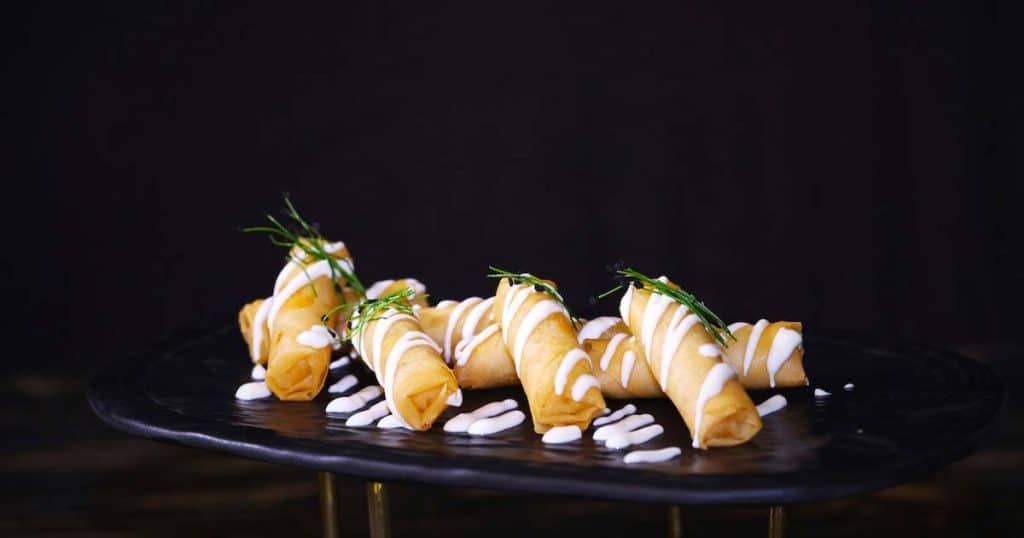
Every photographer needs to pay attention to details in dark food photography. Because if your overall photo frame looks not enchanting, it will not be able to grab the viewer’s eyes. Here are some critical tips for paying attention to details in dark food photography—
- Arrange the food in different ways
- Select the right surface
- Use your creativity and think like an artist
- Don’t use lighting from the front
- Try to use soft, diffused natural light
- Watch for harsh shadow
3. Experiment with Angles

When taking dark photos of your food, you should experiment with different angles because it helps you tell a good story of your food. Here are different angles, such as overhead angle, ¾ angle, and side angle, that you can try for dark food photography.
Taking shots from overhead is famous for portraying the food from upper views. You can experiment with the flat lay angle to take photos of Pizza, smoothie bowls, soups, and more.
The ¾ angle is used to take shots from the side and above the view of the subject. It’s a standard photography style used in food photography to show off both the side and top of the food.
4. Play with Color

Another important thing you should consider is playing with color. Because most food lovers mainly eat with their eyes first. When they see food, their brain immediately starts tast ing it based on its color alone. That’s because playing with color is crucial for dark food photography.
Try to use dark or black colors as a background to make curious dark looks in your food photos. Don’t use too many colors. Also, please avoid using your camera flash because it distorts color.
5. Choose an Appropriate Depth of Field

Using an appropriate depth of field is crucial for taking mouth-watering dark food photos. Try to select a depth of field that gets perfect with your design. For this purpose, a shallow depth of field plays an influential role.
Depth of field usually works for maintaining the distance between objects in-frame. It’s also used to focus and emphasize the closest parts of the food. So, try experimenting with focused and close-up shots with a less focused background.
6. Deepen the shadows using negative fill
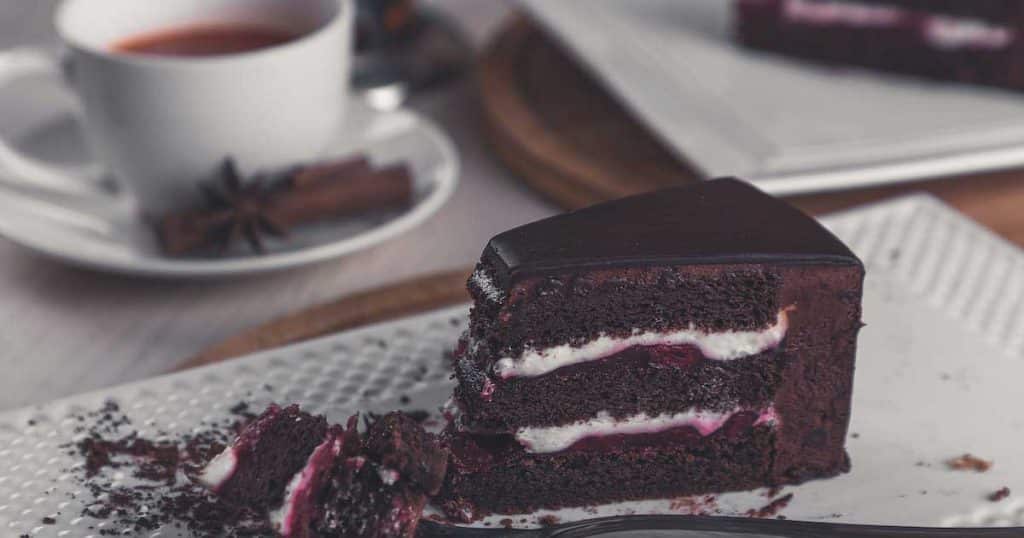
Negative fill is crucial to add a little contrast to the images, especially when the subject has little contrast with the surface or background. You can deepen the shadows in dark and moody food photography using negative fill.
It will be best to implement high contrast to make a negative fill, ideally in dark background food photography. Because high contrast is famous for making a wide range of tones from the darkest shadows to the brightest focus. It’s effective for creative dark food photography.
7. Adjust and Readjust your Frame
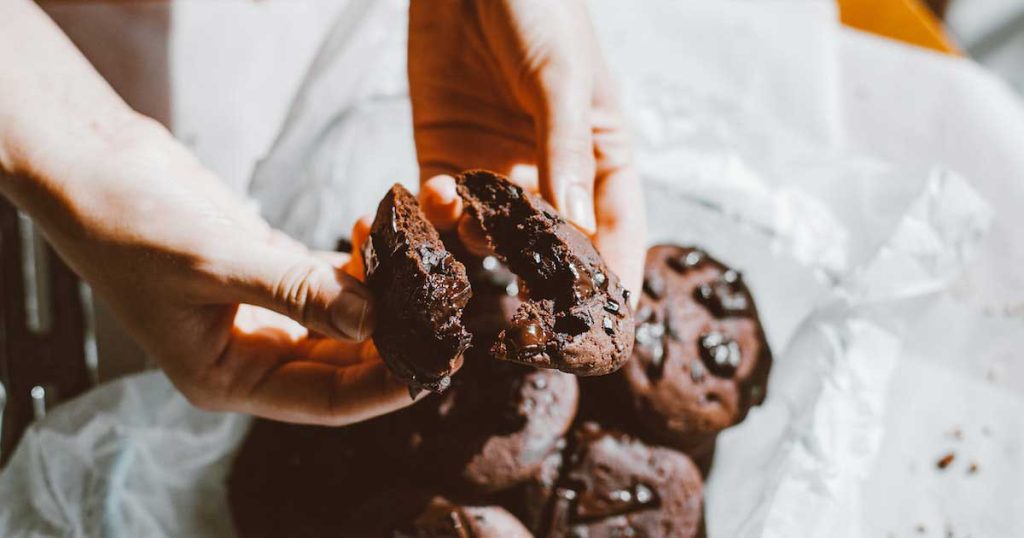
One of the most crucial dark food photography tips is adjusting and reading your frame more. Because using more than one frame might not be perfect for highlighting your creative dark photography ideas.
Therefore, you should check the photo frame after taking every shot. If the frame looks fuzzy or scattered with extra props and ingredients, decrease them. On the other hand, if it seems incomplete, try to add some relevant props. This adjusting and readjusting technique will help you bring life to your food photography with a dark background.
8. Use the Rule of Third
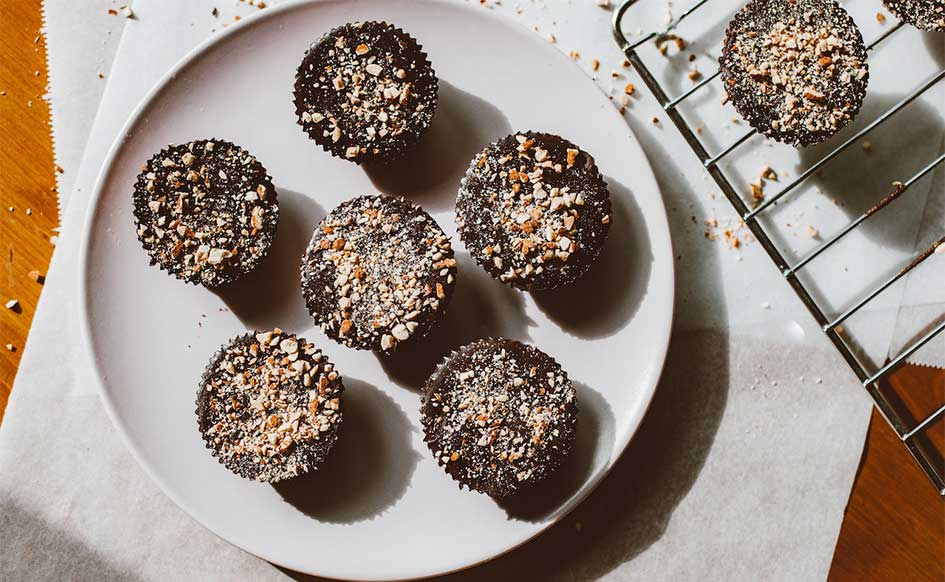
The role of thirds is a photography technique where a photo frame is usually parted into nine equal squares. This technique helps to make balance and draw the viewer’s eyes to certain points.
Using the role of thirds can enhance the visual interest of your dark, moody food photos showing your artistic abilities. Here are two simple steps to use the role of thirds in your dark-mood food photography.
- First, place objects in intersecting points of the grid.
- Make your food object occupy 1/3-2/3 of the grid.
9. Try Different Compositions
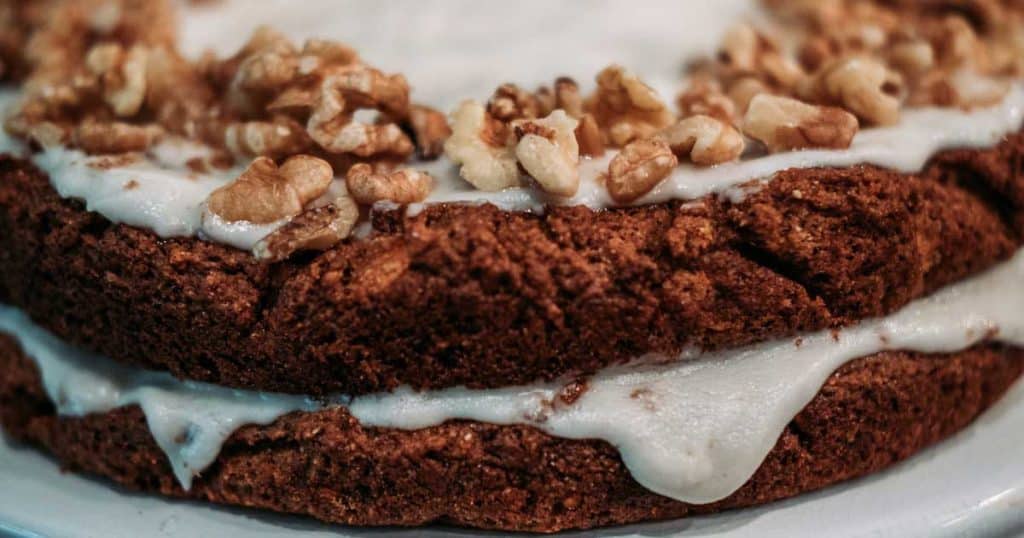
Compositions in food photography are how photographers arrange visual elements in the photo frame. A good composition helps to grab the viewer’s eyes to the most crucial part of your food photos. You can apply different compositions to make your dark food photos more delightful.
Here are some tips to try perfect compositions in your dark food photography—
- Try different angles and orientations to complement the food
- Enhance the composition with a focused subject
- Try negative space to provide balance
- Visualize the composition with crop guides
- Place main elements using the rule-of-thirds
- Make exciting compositions with the phi-grid
- Try creative choices with the golden ratio
10. Most Importantly, Have Fun!
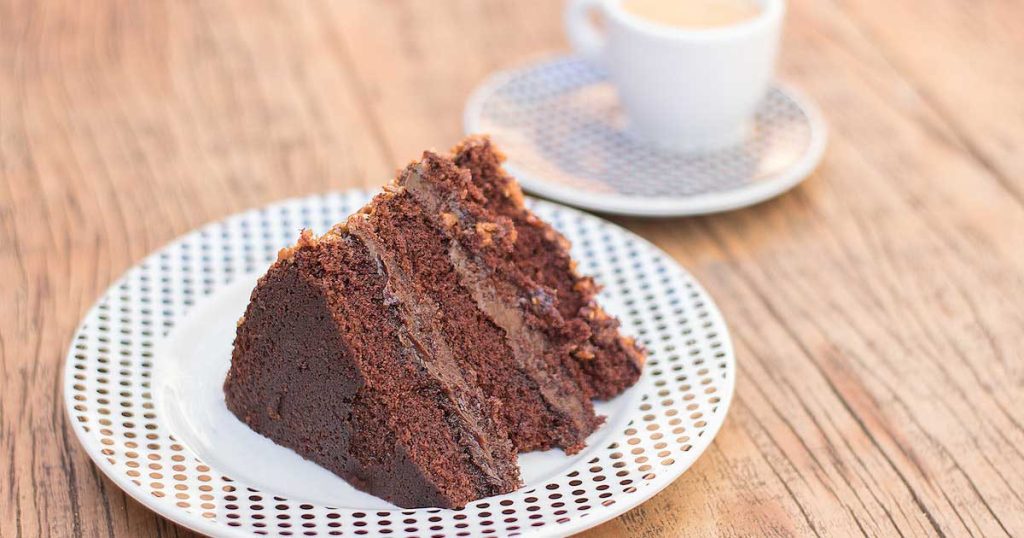
Food photography is a significant genre with many moving parts in food photoshoots. To make your dark food photography stylish and eye-catching, you should try unique and creative ideas that you love by heart and brain.
Don’t take it over seriously; it will make you panic. Try to be simple and have fun when creating your dark food photography.
Dark Food Photography Tips to Avoid Common Mistakes
Dark food photography gained popularity for its unique and mysterious views, but it’s not easy to make. Most photographers make some common mistakes when making dark moody food photoshoots. Here I enlisted those common dark photography mistakes that you should avoid.
- Using bright and reflective props and backgrounds
- Not using fresh and good-looking ingredients
- Focusing incorrectly and not highlighting the main object
- Not trying the right support and equipment
- Not shaping and carving the light
- Publishing dark food photos without post-processing
FAQs
What color goes best with food?
Different foods go best with different colors, such as red and yellow are considered the best chief food colors. On the other hand, the orange color lends itself to food as another appetizing color.
How do you do moody food photography?
To make moody food photography, you need equipment and props, such as a DSLR camera, lens, dark backdrop or plate, and other ingredients related to this.
What does an underexposed photo look like?
An underexposed photo looks darker than neutral exposed photos, resulting in little light hitting the camera sensor. For that reason, this type of photo lacks details.
What lighting should I use for dark food photography?
To make delicious dark food photography, you should reduce the fill light because it reflects off white and bright surfaces, which should be avoided in dark food photos.
How do you avoid shadows in dark food photography?
To avoid shadows in dark food photography, you should use soft filtered light and reflectors. Also, you can try negative fill cards or sheets to decrease light bouncing back onto your food.
Final Verdict
Dark food photography is a popular genre that grabs the viewer’s eye with its mysterious and mouthwatering looks. This article gives you the best dark food photography tips with effective guidelines. I hope it’s easy for you to make stunning dark food photoshoots using my guidance. So, go forth, and make your goals.
